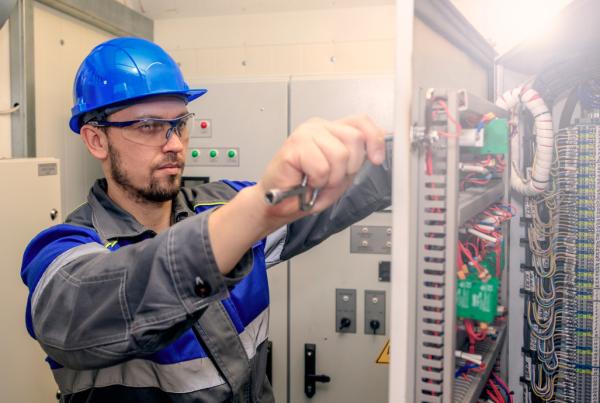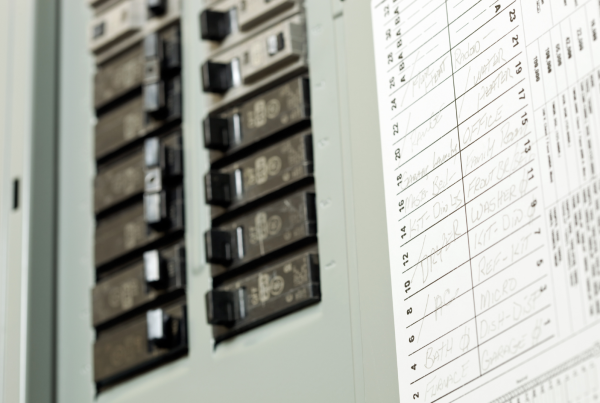Industrial buildings (especially communication towers, chimneys, and other tall structures) and skyscrapers can be very vulnerable during rain or thunderstorms. These shining beacons of metal and concrete attract static electricity, and if not grounded properly, run the risk of electrocuting people and frying electronics.
The burden of managing the risk of lightning and thunder lies on two people; the general contractor (GC), and more importantly, the electrical contractors. Electrical system safety should always be a priority for contractors, and thunder and lightning strikes represent a major risk for taller buildings and structures.
So let’s look at how these risks are managed and how Skyline Electric ensures your employee and machinery safety at all times.
Risk Lightning Presents to Electrical Systems
Engineers and designers have always found the concept of lightning fascinating because of its immense energy. When lighting hits something, it can discharge up to 200,000 amps in less than a second. The natural phenomenon is beautiful to witness, but not if it comes into contact with an electrical system that isn’t prepared to handle the increased flow.
This is true not only for direct lightning strikes but also for indirect lightning strikes or the electrical field it produces. That is why electrical service providers need to ground systems, a process that is more commonly known as earthing.
Earthing is the process of giving excess electrical current in the system a place to escape. An earthing wire is dug deep into the earth, allowing the electricity from lightning to disperse into the ground. This way, you can decrease the risk of electrical surges and fire, protecting people and equipment alike.
It is important to note that skyscrapers and tall industrial buildings are particularly at risk of lightning strikes, which is why they must always have a grounding wire, even when under construction. Furthermore, the construction material used should insulate against static and kinetic electrical discharges as per the International Electrotechnical Commission (IEC) standards.
The IEC Standard 62305 gives clear instructions for protecting residential, commercial, and industrial buildings against lightning strikes in different parts of the world. Skyline Electric makes a point of ensuring that when we offer our electrical service, the system is ready to handle most natural disasters.
Our electrical contractors keep industry standards and the latest technologies to ensure you get reliable and long-term results. Get in touch with us to learn more about ensuring safety and efficiency when offering electrical services and repairs and dealing with electrical safety issues like lightning strikes.




